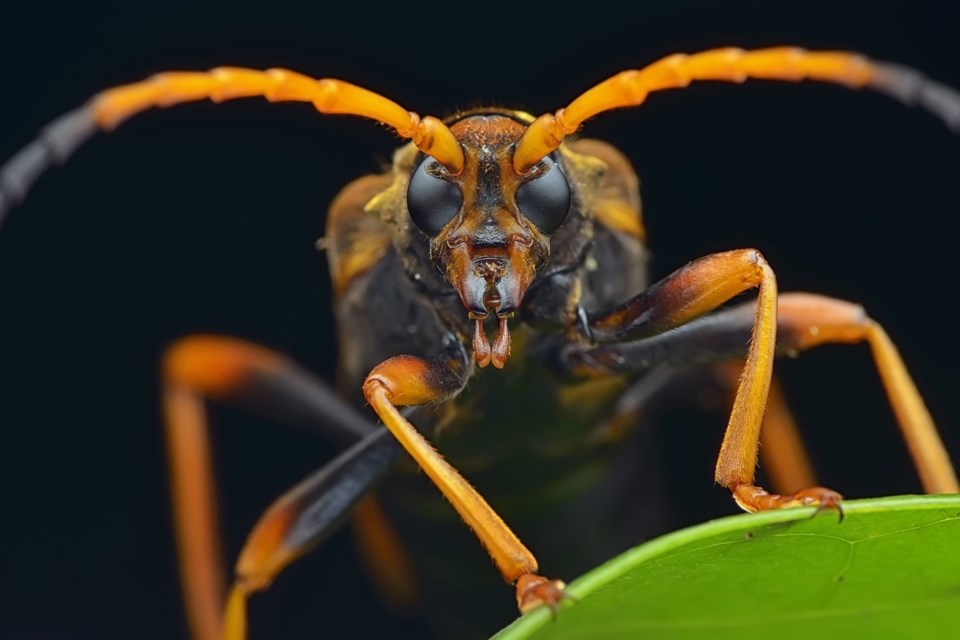There are a large number of maple syrup producers in this area, and today Environmental Commissioner Dianne Saxe warned that the production of the tasty treat is threatened by the invasion of the Asian long-horned beetle.
The warning comes from the province's independent environmental watchdog in her report, called the Environmental Protection Report, Small Steps Forward, that was issued today in Toronto.
The Asian long-horned beetle is an invasive wood-boring beetle from Asia which eats several species of hardwood trees including maple, birch, poplar and willow.
"It has the potential to devastate the deciduous and mixed forests of northeastern North America, not to mention the maple syrup industry," says Saxe.
Two infestations have been recorded to-date in Ontario: one discovered in 2003 that straddled the border between Toronto and Vaughan, and another detected near Toronto Pearson International Airport shortly after the first infestation was officially declared eradicated. A quarantine is still in place, and the destruction of host trees (over 7,500 and counting) and surveillance are ongoing.
"So far Ontario has escaped disastrous Asian long-horned beetle infestations such as the one still being suffered in Worcester, Massachusetts, where more than 25,000 trees have been removed from city streets, parks and private property, costing tens of millions of dollars," says the report.
The Asian long-horned beetle likely arrived in the U.S. in larval form inside wood packing material from China.
Meanwhile, walleye in Lake Nipissing, already stressed by overfishing, are also at risk from Zebra and quagga mussels, introduced from Eurasia in ballast water in the 1990's.
"They are extremely efficient at eating plankton – depriving native mussels and plankton-eating fish of their once-abundant food source and making freshwater lakes clearer, forcing light-sensitive fish like walleye into deeper waters and encouraging aquatic vegetation growth," says the report.
"They have also caused native clam populations in Lake Erie and Lake St. Clair to decline significantly by attaching to the clams and hindering their movement, feeding, and respiration. Zebra mussels also build up around underwater infrastructures such as outflow and intake pipes, costing millions in cleaning and replacement costs. Unfortunately, these invasive mussels have passed the population tipping point beyond which eradication is impossible."
In Ontario, zebra and quagga mussels may be considered naturalized, which means managing them involves preventing their spread beyond existing ranges (which for zebra mussel encompasses all of the Great Lakes, waterways throughout southern Ontario, and north almost to Lake Nipigon), adapting to their effects, and reducing those effects. Eradication of these mussels is not possible with existing techniques. The round goby is a small, prolific fish also native to Europe and transported to North America in ballast water. It can now be found throughout the Great Lakes and in some inland waters including Lake Simcoe, near Orillia and the Trent River. Round gobies outcompete and prey on small native bottom-dwelling fish and sport fish eggs.
"Four years after the release of the Ontario Invasive Species Strategic Plan, with few exceptions, the Ontario government has done little to prevent, detect or manage invasive species on the ground," scolds Saxe.
Other highlights from the report include:
-
The populations of 8 of our 27 amphibian species are at risk of being lost from the province;
-
Moose populations have dropped by about 20 per cent over the past 10 years; and
-
Populations of four of our eight bat species are in steep decline and are now endangered as the result of "white nose syndrome," an aggressive fungal disease.
